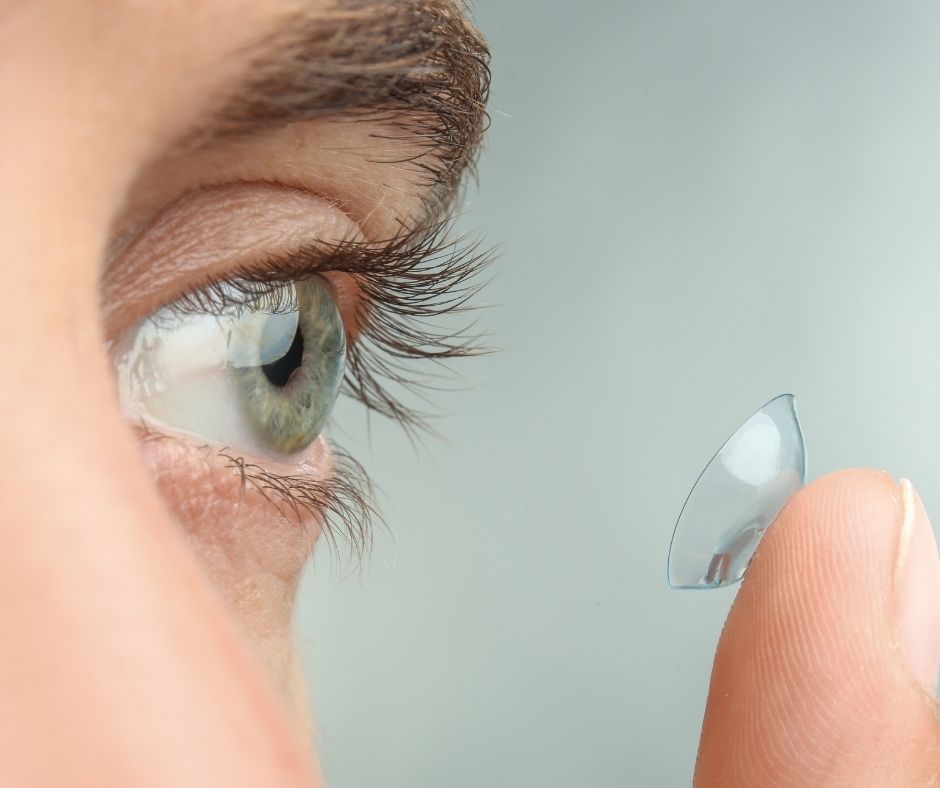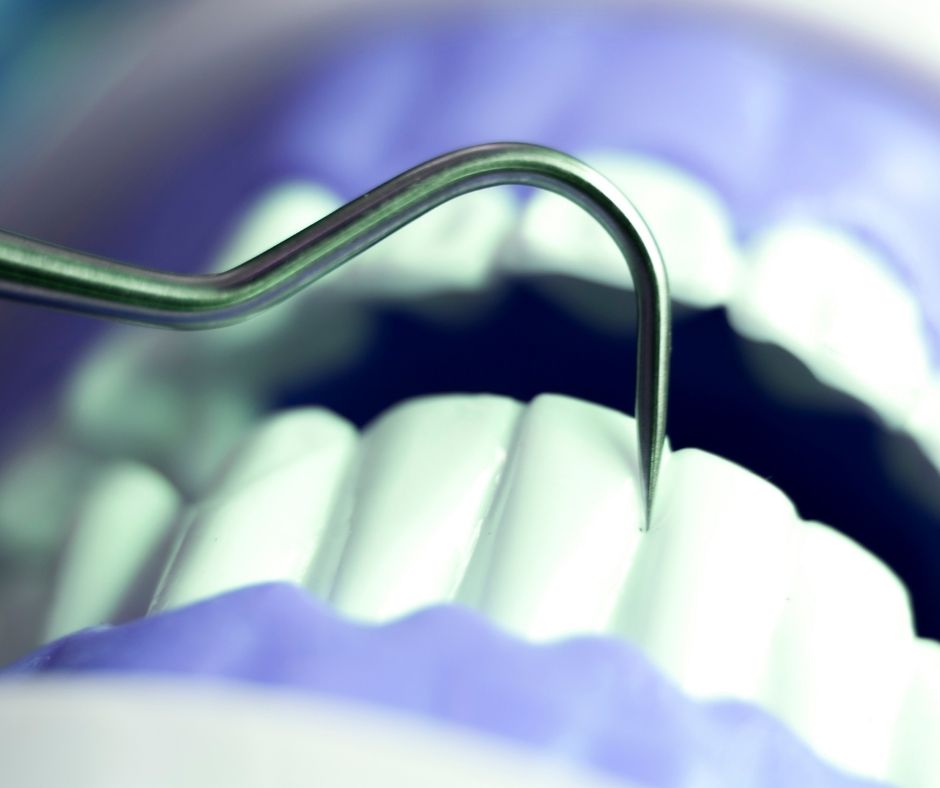Effects on eyes in pandemic
Increased digital screen time amid the COVID-19 pandemic has further increased the country’s rising burden of preventable eyes blindness, according to – All India Ophthalmology Society (AIOS). There is an immediate need to take preventive measures on thi very urgent basis, the society cautioned.
The Reason
The Covid-19 pandemic has brought unprecedented changes in human lives and behavior. The lurking fear of spreading the disease and lockdowns have confined people at home more than ever.
Digital gadgets have become an inseparable part of our daily lives. Our reliance on them has increased remarkably during the Covid-19 crisis and lockdown periods.
The Covid-19 pandemic has led to a sharp increase in our screen time, owing to the increased time spent on virtual education, working from home, entertainment consumption, online shopping, and electronic communication with friends and family. Reliance on technology and digital solutions to keep children learning, entertained, and connected to the outside world has increased due to schools’ closure and strict containment measures. Most schools, too, have shifted to virtual and online classes for the continuation.
‘Screen time’ refers to the duration of time spent in activities that involve peering at a digital screen, including media viewing, working on a computer or tablet, electronic communication, and playing video games. Since the beginning of the Covid-19 stay-in periods, screen time in homes worldwide is at an all-time high. Internet usage is at an all-time high, and Google Classroom, social media usage, and online gaming have also gone up tremendously. One survey found that the number of people working remotely with digital devices during the Covid-19 pandemic has increased up to 30 percent.
It can also promote a sedentary lifestyle and affect sleep. Increasing screen-time due to the continuous usage of smartphones, laptops, computers, and other digital devices have profound effects on our eyes. It may result in a significant rise in complaints of eye issues, especially among children and young adults.
The eye problems related to near work experienced during or related to digital device usage are digital eye strain or computer vision syndrome. Reading a book or looking at a computer screen for long hours can contribute to eye dryness, making your eyes feel tired.
When you read or look at a computer, you don’t blink as frequently. We usually blink 12-14 times a minute, but while looking at a screen, our blink rate slows down, and the eyes get dryer. According to the American Academy of Optometry, anyone who exceeds two hours of computer use a day is at risk of computer vision syndrome. Computer vision syndrome (CVS) affects around 60 million people globally.
The American Academy of Ophthalmology noted that focusing on computer screens and digital displays can reduce a person’s blink rate by a third to half. This can cause your eyes to dry out and feel irritated, especially if you have an air conditioner that keeps your room’s humidity low. In most cases, symptoms occur because the task’s visual demands exceed the individual’s visual abilities to perform the job comfortably.
Symptoms
Eye strain from screen use can lead to visual disturbances and other physical discomforts, including tearing, gritty sensation, tired eyes, burning sensations, redness, blurred vision, and general eye fatigue. It can affect your vision, but it’s more of a comfort issue with an extended period’s device.
Eye strain and headaches can go hand in hand. For some people, eye strain can be a symptom of headache syndromes like sinusitis, tension headaches, or migraines. All of these things can change how your eyes feel.
Individuals who get migraines tend to be more visually sensitive, especially blue light; hence, electronics can cause more headaches. Accommodative eye strain tends to make your vision blurry or unfocused, while dry eyes are more likely to make your eyes physically hurt.
Secondary physical issues of eye strain include stiff neck, headache, backache, and overall fatigue.
The bottom line is that too much screen time, whether for work or entertainment, is terrible for our health.
Eye strain can also happen when someone’s eyes have to work too hard due to incorrect prescriptions. If you are under-or over-corrected, which means that you have a wrong prescription, it can create eye strain by causing the eyes to overwork.
The excessive use of devices puts a strain on the eyes and is also a risk factor for myopia (nearsightedness).
In other words, students staring at screens for prolonged periods may end up wearing glasses, and if they are wearing glasses already, the power may keep increasing.
The combination of more screen time and less outdoor time during the Covid-19 pandemic may damage our vision and put them at a higher risk of developing myopia or nearsightedness.
Causes for the digital eye strain
Less blinking: When you are hooked to any electronic devices, you tend to blink less. Less blinking causes dry eyes. Blinking is the natural reflex of the eyes to keep them moist. If blinking reduces to 6-8 times in a minute, it gradually results in dry eyes and becomes a cause for computer vision syndrome.
Improper workstation: If you have not set up your workstation correctly, it could cause computer vision syndrome. AC in offices strips the air of its moisture, thereby making the environment dry. This dryness, an improper workstation, or lousy sitting posture, makes people prone to computer vision syndrome.
Refractive errors: You might get accommodative eye strain because of undiagnosed vision problems like farsightedness, astigmatism, or issues with focusing.
Some Remedies
Establish a good screen schedule: Reduce screen-induced eye strain by using your screen time wisely. It is essential to leave the screen at least two hours before you go to bed. Studies show that blue light emitting from screens can affect natural sleep and wake uncle. Try and make use of digital screens, mostly for work-related purposes.
The following are some suggested guidelines by various experts on time and curfews.
0-3 years: At this age, the brain is going through ‘the critical period’ due to the prolific growth taking place in the mind. Too much screen time during this age range can leave their still-developing brains permanently damaged. If unavoidable, then for children 18 months to three years old, parents should choose only high-quality media and watch it with their child, engaging and interacting with them. Less than 18 months is a vehement, no!
3-5 years: Less than one hour per day of high-quality programming is recommended, with parents watching along.
6-12 years: Two hours. This is where the negotiations begin. More than two hours is still known to cause significant alterations in mood and behavior.
Over 12 years of age, do not allow more than three hours of screen time. There is enough data on challenging adolescent behavior in correlation with screen or gadget use for more than three decades. Academic grades, sleep, mood, and substances have all been found to be correlated with increased.
Take frequent breaks: Follow the 20-20-20 rule. Your office job or study-related projects may demand you to stay glued to the computer screen for over 10 hours. While it may seem impossible for you to cut down on screen time, you can pursue the 20-20-20 rule. As per this rule, after every 20 minutes, take a 20-second break and focus your eyes on something at least 20 feet away. This will not only reduce eye strain but will also keep you active.
Exercising your eyes frequently: For eye convergence issues at home, do the ‘pencil push up’ exercise. Hold a pencil directly in front of your eyes, at arm’s length, then follow it with your eyes as you draw it slowly toward your nose.
Blink often: Always remember to blink while watching television or doing work on any digital device. Blinking moistens the eyes to guard against dryness and irritation. Blinking happens without us having to overthink about it. However, prolonged computer work typically decreases blinking without the worker realizing it.
Use appropriate glasses: Computer glasses are specifically designed to reduce eye strain, headaches, eye fatigue, and eye soreness. Glare is the visual sensation you experience in excessive, uncontrolled brightness. Wear anti-glare/anti-reflective blue blocker glasses regularly if you’re always glued to the digital screens. These eyeglasses can filter out blue light emitted from digital devices.
Adjust your screen settings: If the current settings of your laptop or desktop are causing eye strain, then adjust the screen brightness, contrast, font size, and color temperature until you find what’s best for you. It’s also essential to upgrade your display if possible. The higher the resolution of your new monitor, the better off your eyes will be. Larger productions will result in less strain.
- Ensure there is adequate lighting around you.
Good lighting is quite essential in the workplace to avoid any visual strain. Keep bright lighting overhead to a minimum, use blinds to prevent glare, or get a glare screen. Position the computer screen in such a way that it reduces reflections from windows or overhead lights.
When using a computer or other digital device for extended periods, that’s around. It should be approximately half as bright as what’s typically found in an office environment.
Exercise: Stretch your neck and shoulders frequently. During break time, move your arms and legs. Walk a bit.
Get a comprehensive eye test done: If you’re witnessing recurrent headaches, watery eyes, and blurred vision, then it is time for you to get a thorough eye examination done.
Drink plenty of water: Children ignore drinking water unless they’re thirsty. Drinking water keeps the body hydrated. It not only flushes out body waste but also regulates body temperature. Most importantly, it hydrates the eyes, flushes out salt, and reduces eye strain.
Include green leafy vegetables in your diet to keep your body and eyes healthy. The nutrients present in green vegetables, like lutein and zeaxanthin, carry anti-inflammatory properties and antioxidants that keep the eyes healthy.
Use artificial tears: If your eyes feel irritated or dry, ask your eye doctor about using artificial tears to help combat dry eyes.
The Verdict
As we plan the future of education in the age of Covid-19, schools and policymakers must consider children’s vision needs while designing new initiatives. Schools, teachers, and parents can work together to incorporate eye health strategies and protect children as they learn online.
Encourage communication between you and your child. We as elders should initiate less screen time for our children to follow the same habits. Large populations are at risk of digital eye strain, especially during the Covid-19 pandemic. Hence, proper digital device usage and appropriate screen time with all precautionary measures are essential to avoid this issue.
Do check our recent blog on Dental Problems – https://www.saideephospital.com/2020/11/17/the-most-common-dental-problem-pyria/
Visit here for regular Updates – https://www.instagram.com/saideephealthcareofficial/








